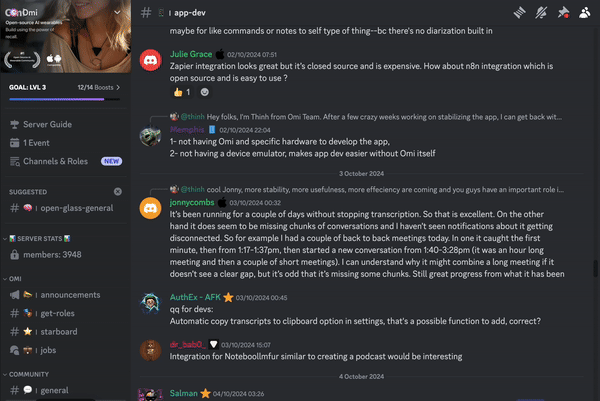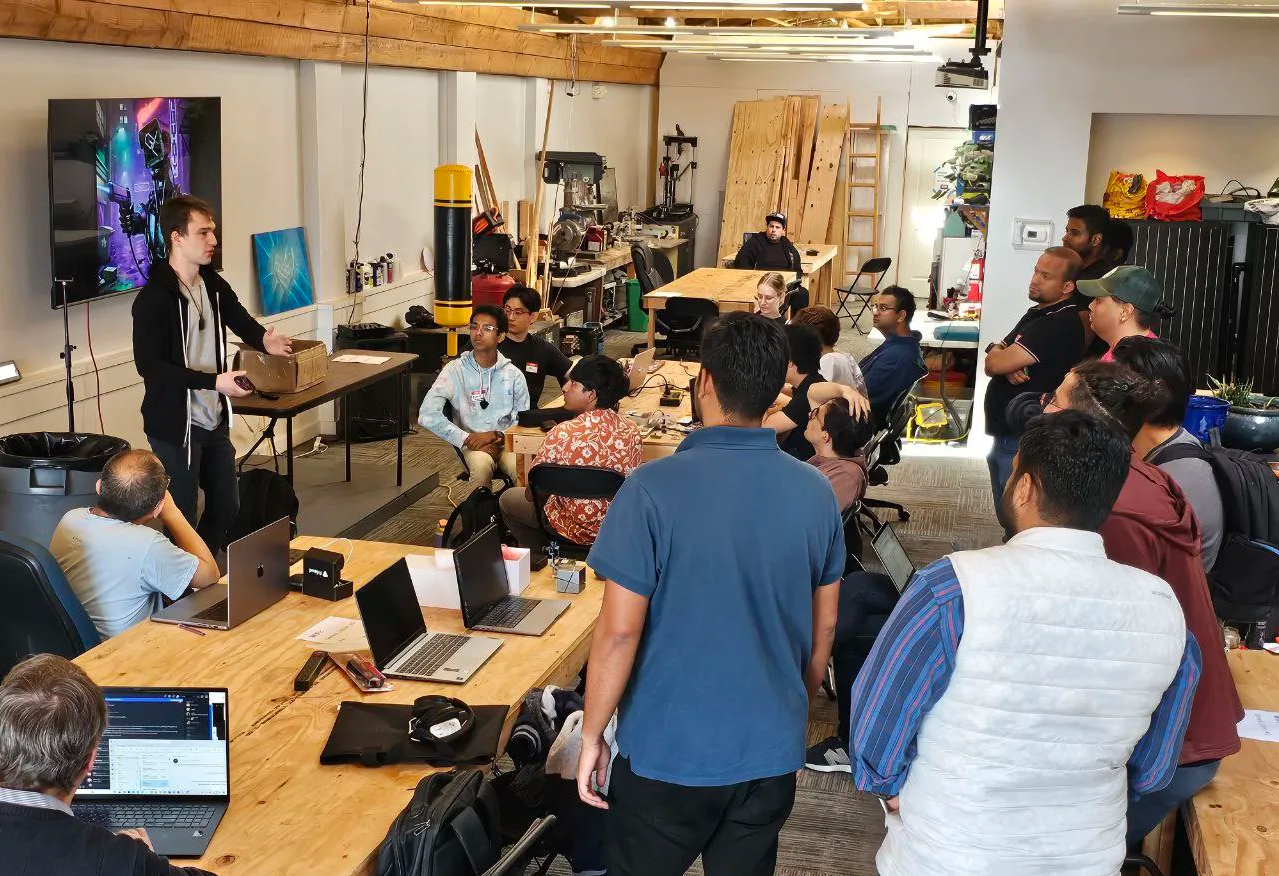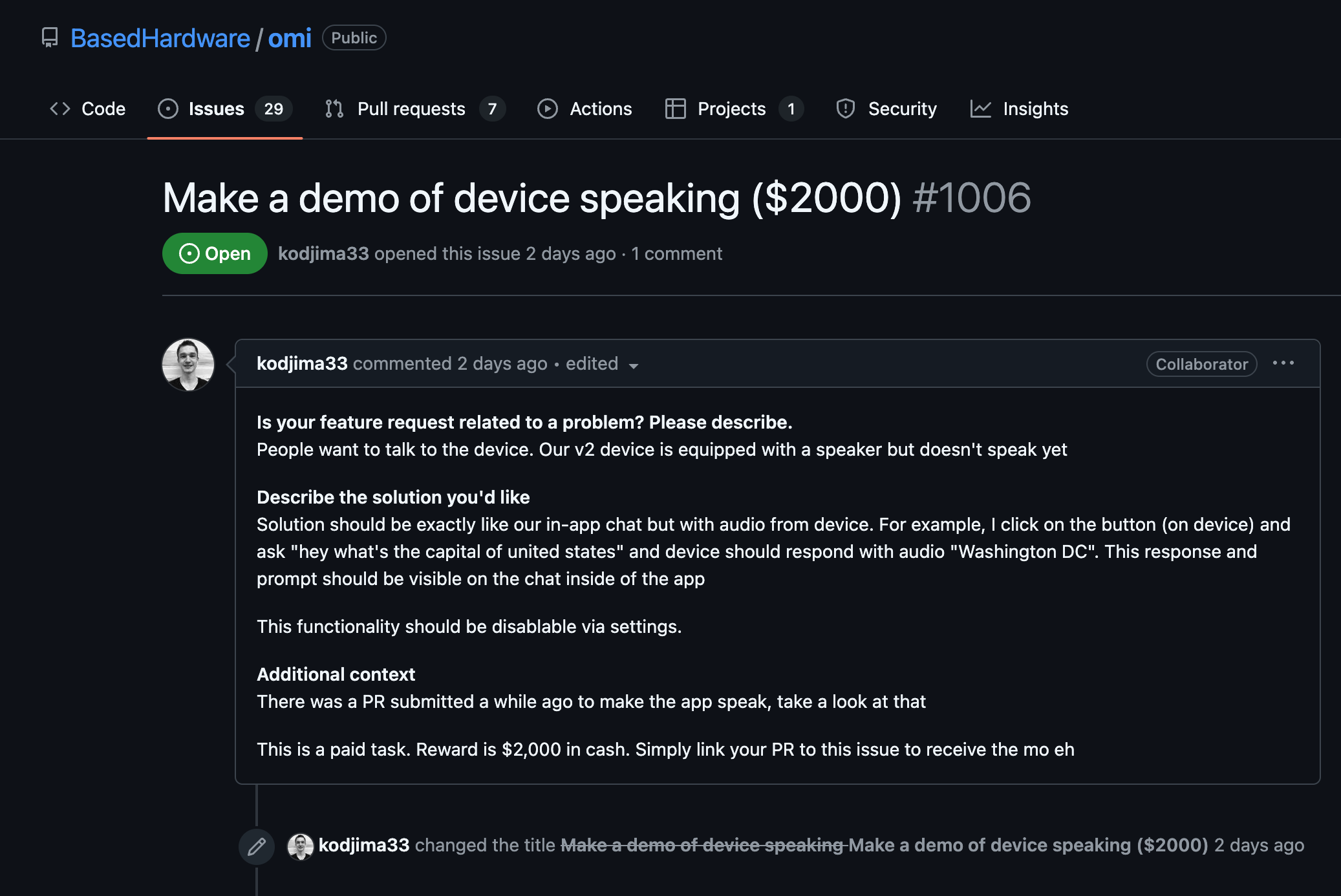Overview of Run-Time Firmware Profiling
Run-time firmware profiling is an essential technique used for analyzing the performance and behavior of firmware during its actual operation on hardware. It involves collecting data about the system's execution to identify bottlenecks, resource-intensive tasks, and potential areas for optimization. By doing so, it allows developers to gain insights into how the firmware interacts with the hardware, which parts consume the most resources, and where improvements can be made to enhance performance and efficiency.
Importance of Run-Time Firmware Profiling
- Performance Optimization: By identifying the bottlenecks in the firmware's execution, developers can make informed decisions to optimize code and reduce latency.
- Resource Utilization: Profiling provides insights into how effectively the firmware utilizes the hardware resources such as CPU, memory, and I/O operations.
- Debugging: Detecting unexpected behavior or resource overuse can help in diagnosing issues and improving firmware reliability.
Key Components of Run-Time Firmware Profiling
- Instruction Analysis: This involves examining the individual instructions executed by the firmware to determine their impact on overall performance.
- Function Call Tracking: Monitoring function calls and execution paths can help identify inefficient algorithms or redundant processes.
- Memory Profiling: Understanding how memory is allocated and used by the firmware can reveal memory leaks or fragmentation issues.
- Time Profiling: Measuring the time taken to execute different sections of the firmware helps in identifying delays and optimizing critical paths.
Challenges in Run-Time Firmware Profiling
- Resource Constraints: Many firmware operates on devices with limited resources, making extensive profiling challenging.
- Overhead: Profiling itself can introduce overhead, potentially altering the behavior of the firmware.
- Complexity: Embedded systems can be complex, with multiple interacting components, making it difficult to isolate performance issues.
Example of a Simple Profiling Scenario
Consider a simple firmware application running on an embedded system where you want to measure the execution time of a particular function.
#include <stdio.h>
#include <time.h>
// Sample function to be profiled
void sampleFunction() {
// ... function implementation ...
}
int main() {
clock_t start, end;
double cpu_time_used;
start = clock(); // Start time
sampleFunction(); // Function call
end = clock(); // End time
cpu_time_used = ((double) (end - start)) / CLOCKS_PER_SEC; // Time calculation
printf("sampleFunction() took %f seconds to execute \n", cpu_time_used);
return 0;
}
This code snippet demonstrates a basic approach to measure execution time, an elementary form of profiling that can help identify potential areas for optimization.
Conclusion
Run-time firmware profiling is a powerful tool that aids in understanding firmware behavior and optimizing its performance. While it presents challenges due to the inherent constraints of embedded systems, effective profiling is crucial for developing efficient, reliable firmware that makes optimal use of the underlying hardware resources.
























